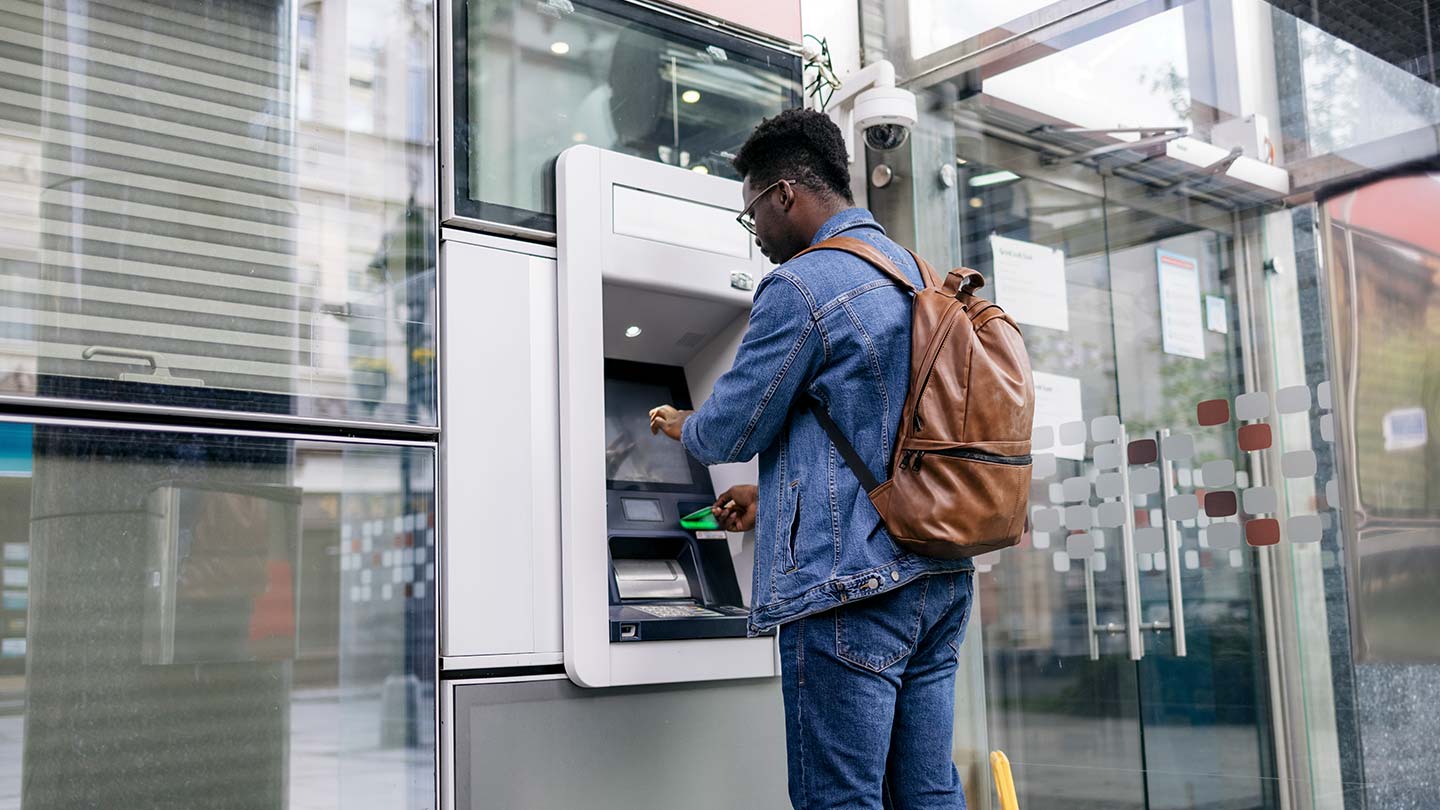Today the JPMorganChase Institute released data showing that homeowners with adjustable rate mortgages (ARMs) significantly increased their spending both before and after anticipated mortgage payment decreases, despite a substantial drop in their home values. As a result of the Federal Reserve’s low interest rate policy, the mortgage rates of ARMs that reset between 2010 and 2012 dropped substantially, leading to lower mortgage payments for ARM borrowers. These homeowners increased their credit card spending by 9 percent in the year before the anticipated drop in their mortgage payments and by 15 percent in the year after reset, despite a 25 percent drop in their home values over the 5 years before reset.
Homeowners used the savings from lower ARM payments to make more purchases across all spending categories. Notably, spending on home improvements increased the most in both the pre-reset and post-reset periods, by 20 percent and 26 percent respectively. Homeowners increased their investment in their homes despite the fact that home values had dropped by 25 percent since origination.
The Consumer Spending Response to Mortgage Resets: Microdata on Monetary Policy report was constructed using de-identified data of 4,321 homeowners who had 30-year 5/1 ARMs that reset between April 2010 and December 2012 and a credit card through Chase. The report includes an analysis of changes in credit card spending and revolving balance in the two-year period surrounding ARM reset. Note that the median income of the sample was approximately $120,000, which is considerably higher than the Survey of Consumer Finances median before-tax family income for homeowners in the time period analyzed.
“These data underscore the impact of easy monetary policy on the spending of ARM borrowers despite declining home values, and highlight a segment of borrowers that should be carefully watched as rates begin to go back up,” said Diana Farrell, President and CEO, JPMorganChase Institute. “As housing policy reforms are deliberated, consideration should also be given to how those policies impact which type of mortgage borrowers choose and the influence those choices have on the ability of monetary policy to impact personal consumption.”
Following are the key findings from this new report.
- Finding One: 44 percent of the homeowners in the sample experienced a large drop in their hybrid ARM payment at reset, which on average represented over 5 percent of their monthly income.
- The 44 percent of homeowners in the sample that had a stable amortization schedule – one which was consistent before and after the mortgage rate reset – realized an average of $747 in monthly savings upon reset; these savings were equivalent to over 5 percent of their monthly income.
- In the five years between origination and reset, the median home value for this group dropped by nearly $84,000 (25 percent), which pushed loan-to-value (LTV) ratios considerably higher.
- Finding Two: Homeowners increased their spending by 9 percent in advance of the anticipated drop in their mortgage payments and by 15 percent after reset, despite the considerable drop in housing wealth.
- Average credit card spending increased by 9 percent relative to baseline, or $289 per month, in the year preceding the ARM reset; in the year after reset, average spending increased by 15 percent relative to baseline, or $488 per month.
- Homeowners increased their spending despite the fact that their home values had depreciated by nearly $84,000 (25 percent) since origination.
- Finding Three: Homeowners used credit card borrowing to finance 21 percent of their pre-reset anticipatory spending increase, and post–reset they further increased their revolving balances. Over the full two year period, their total spending increases exceeded their mortgage-related savings by 4 percent.
- Average credit card revolving balance increased by $741 over the 12 month pre-reset period, suggesting that these homeowners used their credit card to finance 21 percent of their pre-reset spending increase and funded the remaining 79 percent out of savings.
- Finding Four: Finding Four: Homeowners used the savings from lower hybrid ARM payments to make more purchases across all spending categories, notably home improvements and healthcare.
- Spending on home improvements increased the most in both the pre-reset and post-reset periods, by 20 percent and 26 percent respectively; homeowners increased their investment in their homes despite the 25 percent decline in their home values.
- Spending on healthcare increased 16 percent relative to the baseline in the post-reset period, suggesting that homeowners may have postponed attending to their health until after they received a boost in income.



